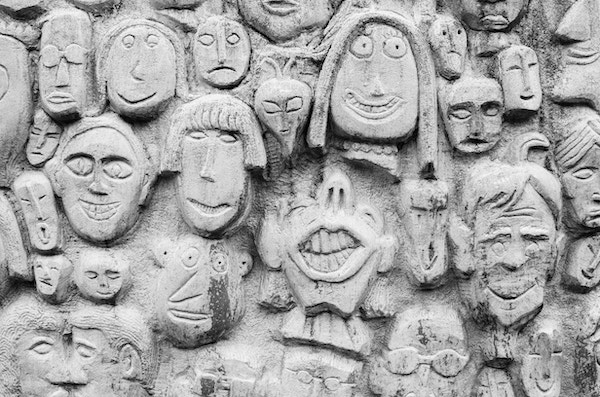Cast of Characters
Stories need characters. What the characters do creates the plot.
With a well-rounded cast of characters, the plot will almost take care of itself. A story gets energy from the dynamic that occurs between the all the characters in it. The interaction between the characters is fueled by contrast, motivations, and conflict. Put a bunch of characters in a room – i.e. on a stage, between the covers of a book, between the first and last shots of a movie – and the plot is likely to emerge on its own. As long as there are contrasts between the characters and their motivations, conflict will arise.
So how does an author cast the characters that bring the story to life?
First of all, one character is rarely enough. Almost all stories need several characters. Even Robinson Crusoe couldn’t hold out alone. It’s the interplay between characters that creates interest. For interplay, read conflict.
Conflict in storytelling does not mean fights and battles. It means a conflict of interests.
Characters become characters because they have interests. Their interests make them do what they do, and this doing is what drives the plot.
What does that mean?
It means characters are motivated. They don’t do things just because they feel like it. The audience or reader, the recipient, will try to understand why they do what they do.
That means that each character must want and/or need something.
So how does an author give a character a want or need? For the recipient to care about this want or need, it is usually necessary to make clear where this want or need comes from. That means there must be a problem.
Stories are all about characters struggling. Struggling means overcoming obstacles and resolving problems.
So for an author to create a story that is emotionally engaging, there is much thought to be put into aspects of character building such as problem, want, goal, and need of the characters – and just what has given rise to each of these aspects of character. It is these aspects that form what we call the intrinsic functions of the characters within the story. We will be examining each aspect separately.
So, we have a story that has several characters. We should view them as a group of characters whose actions affect each other. The interplay between them makes the story interesting. That means each of the major characters should have their problem, want, goal, need and so on clearly defined. Firstly, because it is these aspects that make the audience or reader care about them. Secondly, because it is these aspects that provide them with their function within the story. Ultimately, it is the conflict of interests between the characters that give the story life.
For this to work, there must be contrast between the characters. At best, on all levels – the way they look, the way they talk, what they want and what they do. Characters who are too similar to each other stifle each other. The story becomes lively when it is populated by people who have very different ways of dealing with things. The audience enjoys identifying and comparing these different approaches and reactions to the problems the characters face. If all the characters do more or less the same, there is nobody to root for and no-one to boo.
Photo by Andrew Seaman on Unsplash
Now read how characters in stories are not like people in real life: characters versus people.
Related function in the Beemgee story development tool:
Compare Character Attributes


